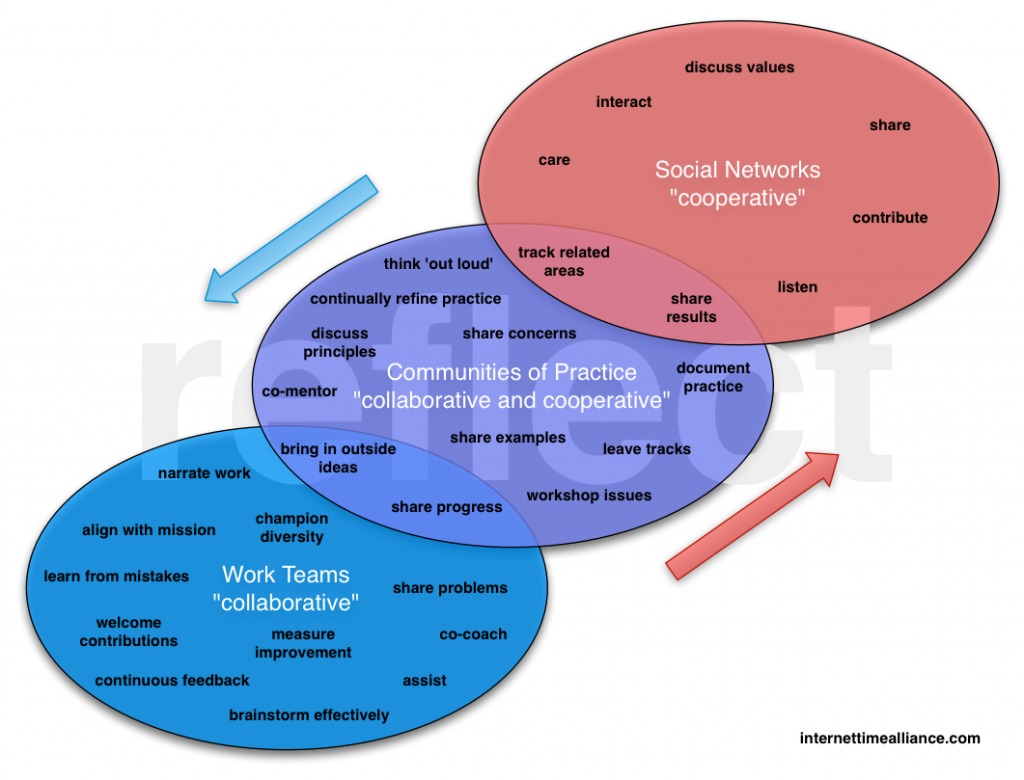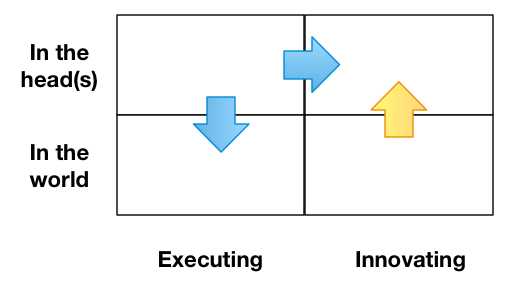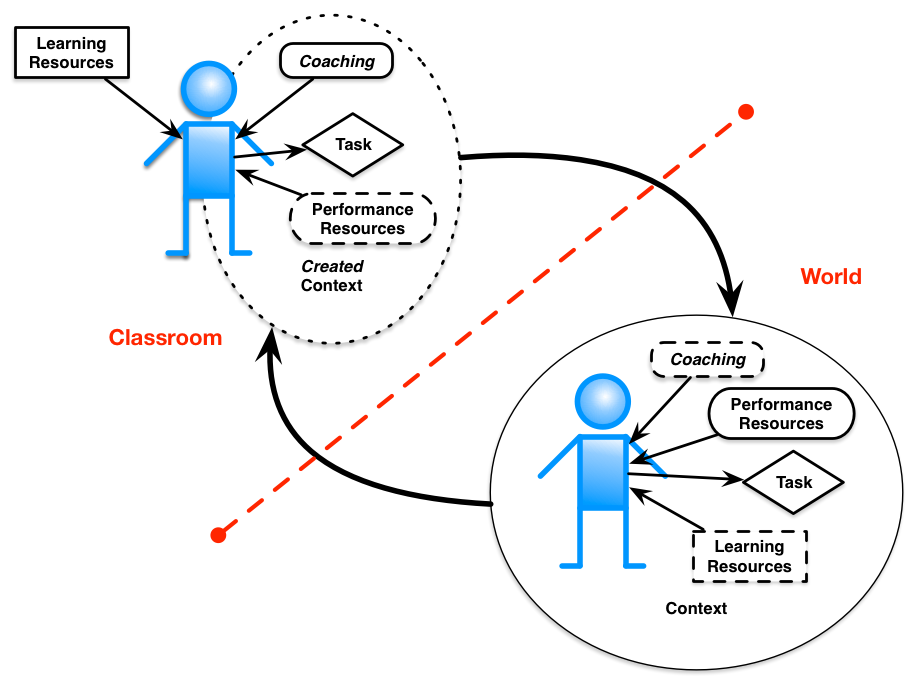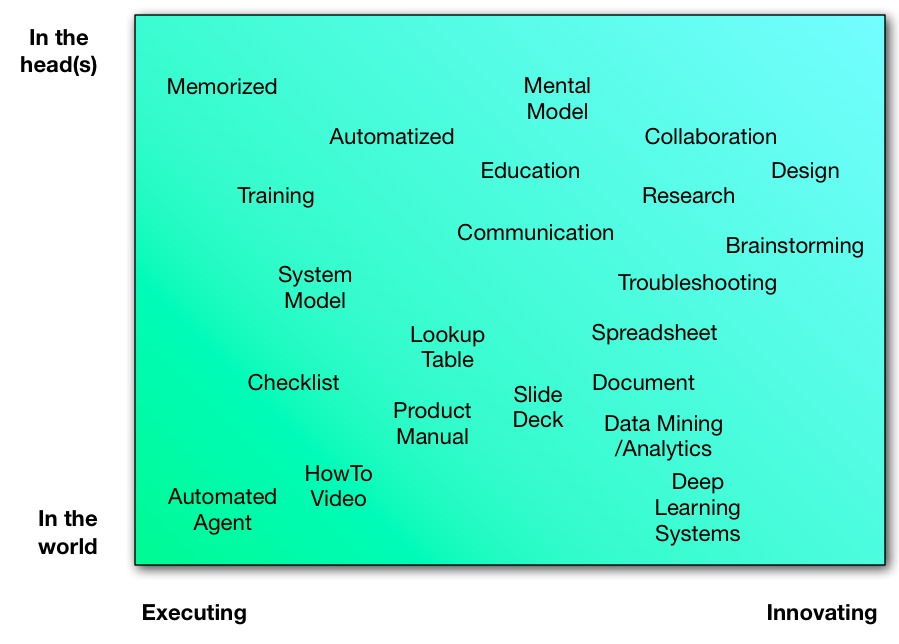I’ve argued before that there’s a pretty clear path forward for organizations. The necessity to become agile means that the old ‘command and control’ approach won’t cut it any longer. What’s required is tapping into the ability of people to work together. The new structure is focused on teams (stayed tuned for my review of Amy Edmondson’s Teaming) that are given the tasks to solve problems, trouble shoot, design new products and services, and generally continue to adapt. In short, to learn. And I want to talk about the L&D role here, at least the potential one.
Certain elements are required. The teams need a number of things to be effective. They have to be given meaningful tasks, to have the freedom to pursue them, to have the ability to experiment (and fail) as necessary, and to be accountable. To collaborate successfully to accomplish their goals, they need certain features internally: they need to have diverse representation, be open to new ideas, have time for reflection, and it has to be safe to contribute.
This takes a new approach from the organization. It takes leadership to make such a culture, and the culture itself has to make it possible for these to occur and to get people to be motivated to contribute. Two elements really contribute: contribution, and transparency. People need to know what each other is doing, and be willing to chip in and assist. This happens both within teams and beyond.
So what is L&D’s role? First, to model the desired behavior. L&D should be practicing what it preaches in experimenting and continually improving. There should be teams assigned to tasks, and the practitioners should be acting as members of their communities. They should be evangelizing, piloting, and sharing their successes with this approach, while continually learning more.
Then, L&D should be working with others as teams to meet their client needs. They should be working to innovate around the solutions. They should be promoting and executing on pilots that get fleshed out. And they should be gradually raising awareness about the processes and the culture.
Done well, this movement reduces turnover, increases engagement, and produces better outcomes. It’s not trivial; there are nuances and challenges that will have to be addresses. On the other hand, evidence is converging that this is the future of business. So are you preparing for it, or waiting to be blind-sided? If you’re looking for guidance in getting going, I’m easy to find.



